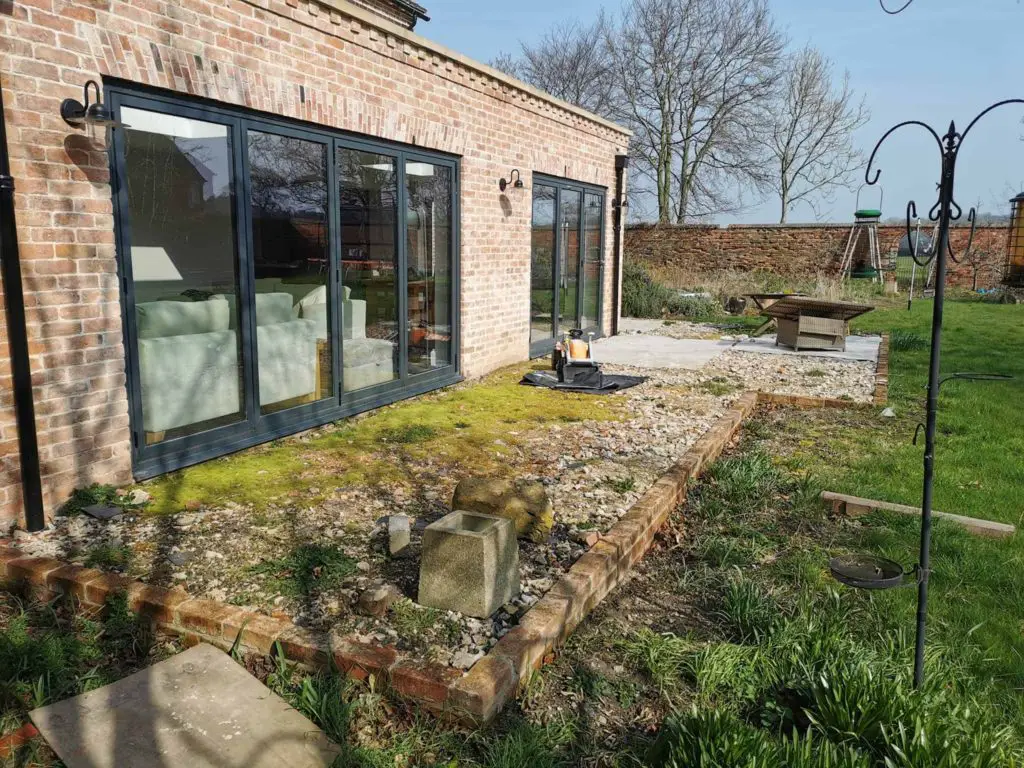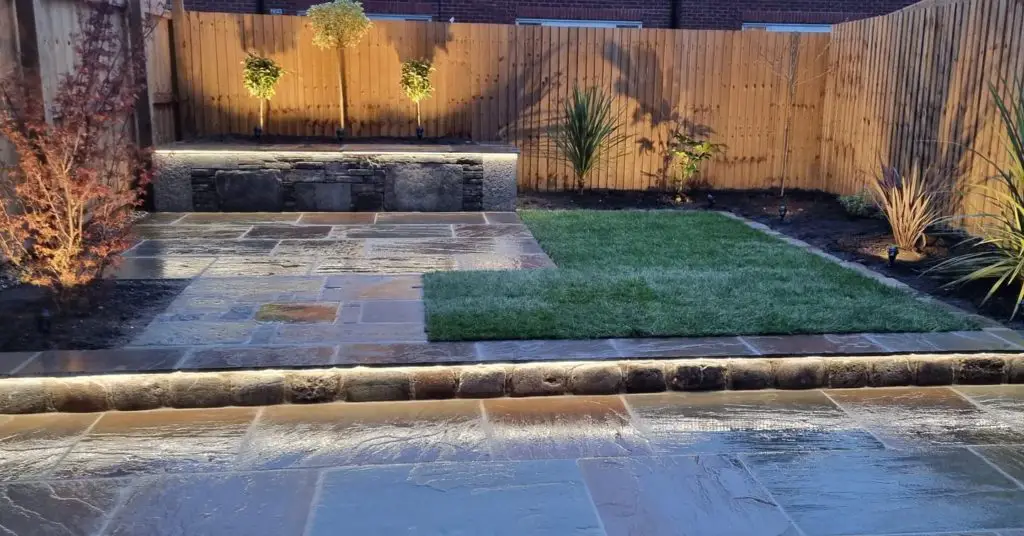Sandstone vs Porcelain Paving: Everything you need to know
It’s going to be a tough decision to choose between sandstone and porcelain for your new outdoor space because you can’t easily give up on the unique natural beauty that these natural stones like sandstone have, but there are also some major benefits that you’ll only have with the porcelain that couldn’t be ignored.
Hence, choosing one of the two and spending thousands of pounds to have it installed is only going to be more difficult other than anything else.
A patio brings up a new outdoor space that a family is going to enjoy for years and years to come but choosing the right things makes it enjoyable to the fullest.
If you’re the one who is liking porcelain as well as sandstone and are confused between the two, this post will open up all the facts and many things that you need to consider making your decision easier than ever before.
Consider the look of your existing property
You’re not going to lay a porcelain in the grounds of a listed building and you wouldn’t lay a reclaimed york stone on a new build garden. Swings and roundabouts.

The first thing that you can consider is the definition of your property. If you have an old traditional house and a lot of greenery too, sandstone is really complimentary, but if you have a newly built property, porcelain can keep up with that modern look.
If you love natural things, you’ll love sandstone but porcelain has its place in super modern designs.
Some people think that porcelain belongs in a bathroom or kitchen. I’ve seen people saying light-coloured porcelain paving just looks like a kitchen floor in the garden and when dirty, looks much worse if it were sandstone.
As per their thinking porcelain has no place in gardens as a garden should be made of more natural things is what they think like sandstone over porcelain (even if takes some maintenance), and real grass over artificial.
Sandstone all the way for me. Have to wear glasses now and the precision cutting does my nut in. Sandstones far more forgiving, plus porcelains too clinical looking. Gardens should be rustic and full of life and energy. Natural stone and plenty of planting is where I’m at. Each to their own though of course

However, professional paving installers say that laying porcelain just takes a bit longer than usual. One of the things is porcelain is harder to cut but the right tools make it a lot easier and cut perfectly.
Laying porcelain requires the right tools and materials
The installer
I’m more stressed laying porcelain a light dink and you’ve ruined a tile.
Overall, porcelain just takes a little bit longer to lay than sandstone mainly because of the cutting part, or else, it requires the same effort as laying sandstone. That’s where the right tools come into play.
Porcelain 15-20m2 a day depending on the cuts. Porcelain requires specific equipment like a table saw and special blades for cutting.
Also while laying porcelain you need tools like a grabo, however, with sandstone, there is plenty of space for the fingers.
Pro-prime primer
On Average, Porcelain is £40 More than Sandstone (Supply and Install)
“I’m replacing and extending an old rectangular patio. I’ve decided to go with large porcelain slabs instead of Indian sandstone taking the cost up. The cost of the job has gone from £3870 to £5935.”
A few years ago, sandstone used to be cheaper, and porcelain was considered overpriced. However, now sandstone is also as high as entry-level porcelain so it is no longer a big jump.
However, porcelain is a bit more expensive to lay than sandstone or any other natural stone in general because as said above, it’s harder to cut and just takes longer to lay.
The trend is going towards porcelain these days. Some people are known for their natural stone works and it’s what they’ve done the most but now they’re doing more porcelain because it’s what the customer wants.

Porcelain vs Sandstone
Natural stones like sandstone or limestone are very thin today (17-20mm) compared to what they used to be several years back, making them easier to break and less durable.
Porcelain even at 20mm is very hard and heavy because it’s very dense (non-porous).
Porcelain dries quickly after it had rained, however, considering that it’s built with correct fall as there’s no other way for the water to drain. slipperiness, and areas with more rainfall
Porcelain is grouted with a proper external grout
If you’re going to ask someone for the differences between porcelain and sandstone, most of the time you’ll see people saying that porcelain is easier to keep clean whereas, sandstone requires more regular maintenance for it to look nice.
You may or may not know that natural stones like sandstone are very porous, Sandstone being one of the most porous types of natural stone, it is tough to see it clean for a longer time. Whereas, just a quick washdown of porcelain makes it look new again.
When you lay sandstone, typically it’s recommended to keep it unsealed for it to weather out but for the most part, till this happens, sandstone is already dirty and needs a good clean prior to sealing.
However, it absolutely doesn’t make any sense to seal porcelain.
Doing it Yourself: Porcelain vs Sandstone
If you will be doing the job for yourself as a DIYer, either you choose to lay sandstone or porcelain it’s going to take longer anyhow because you’ve to learn as you go and there are a lot of things involved in the process.
When choosing porcelain, instead of full-light colour go with a little bit darker colour as it will show every bits and marks of dirt with the more lighter colour
